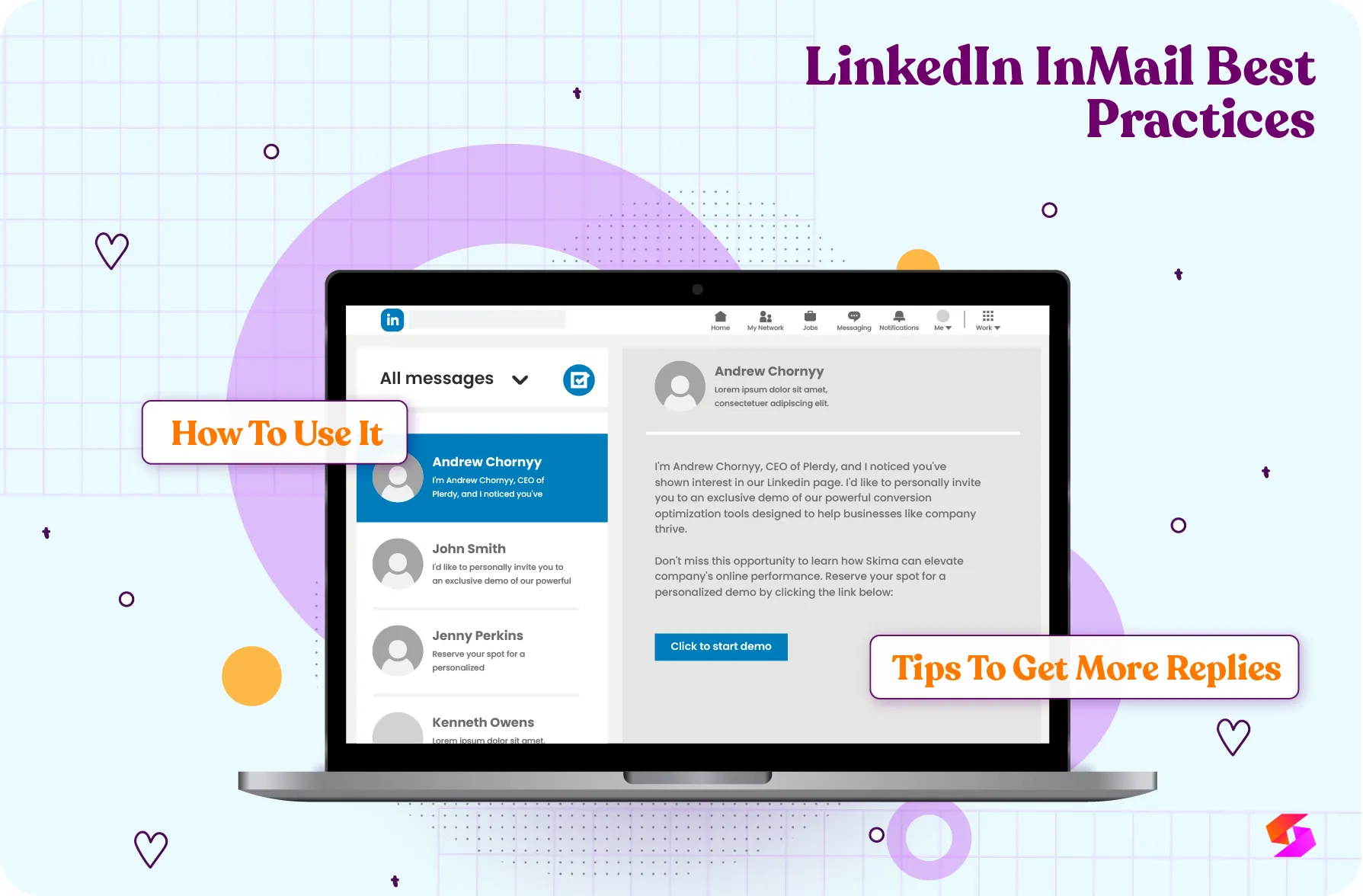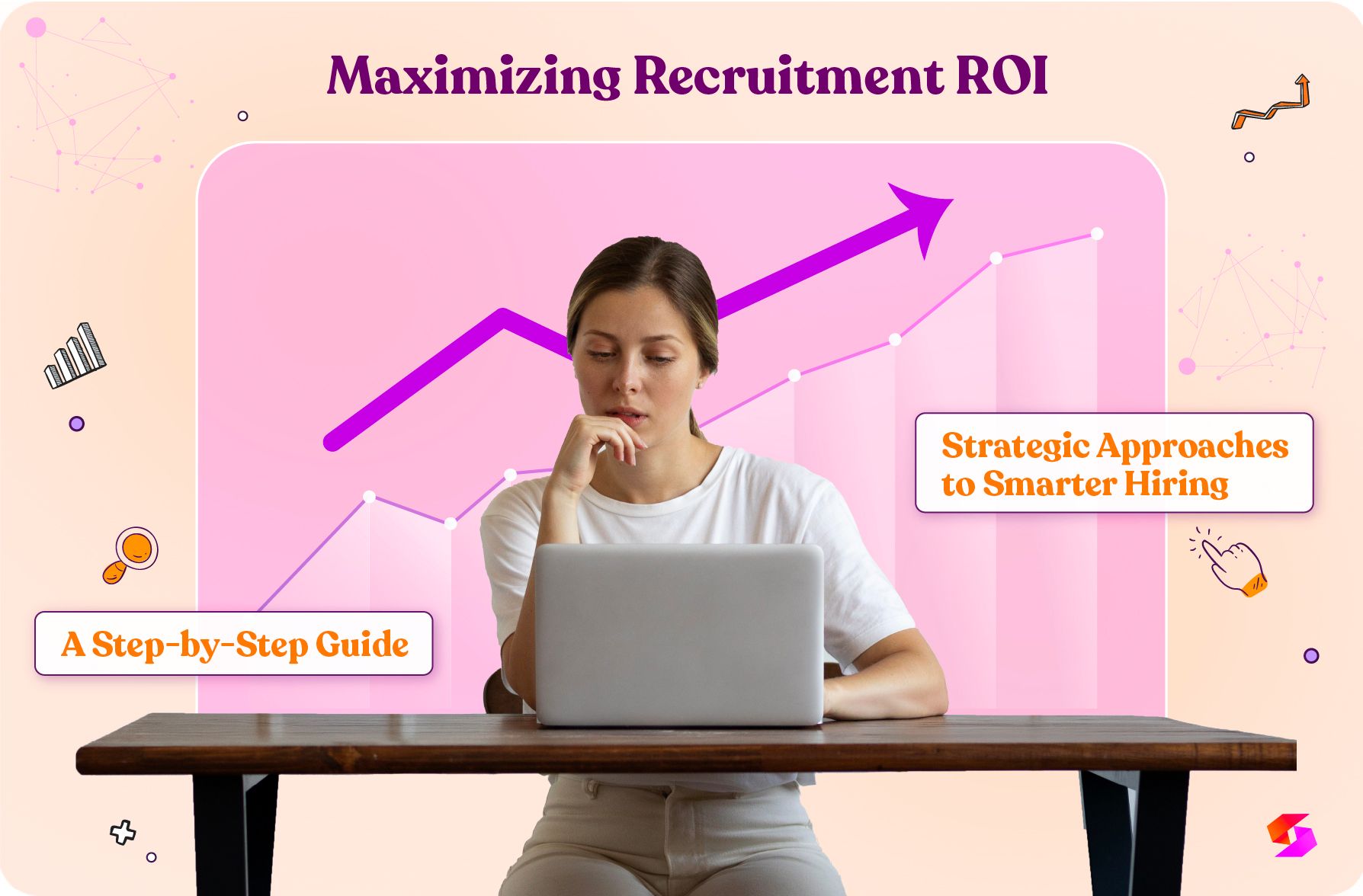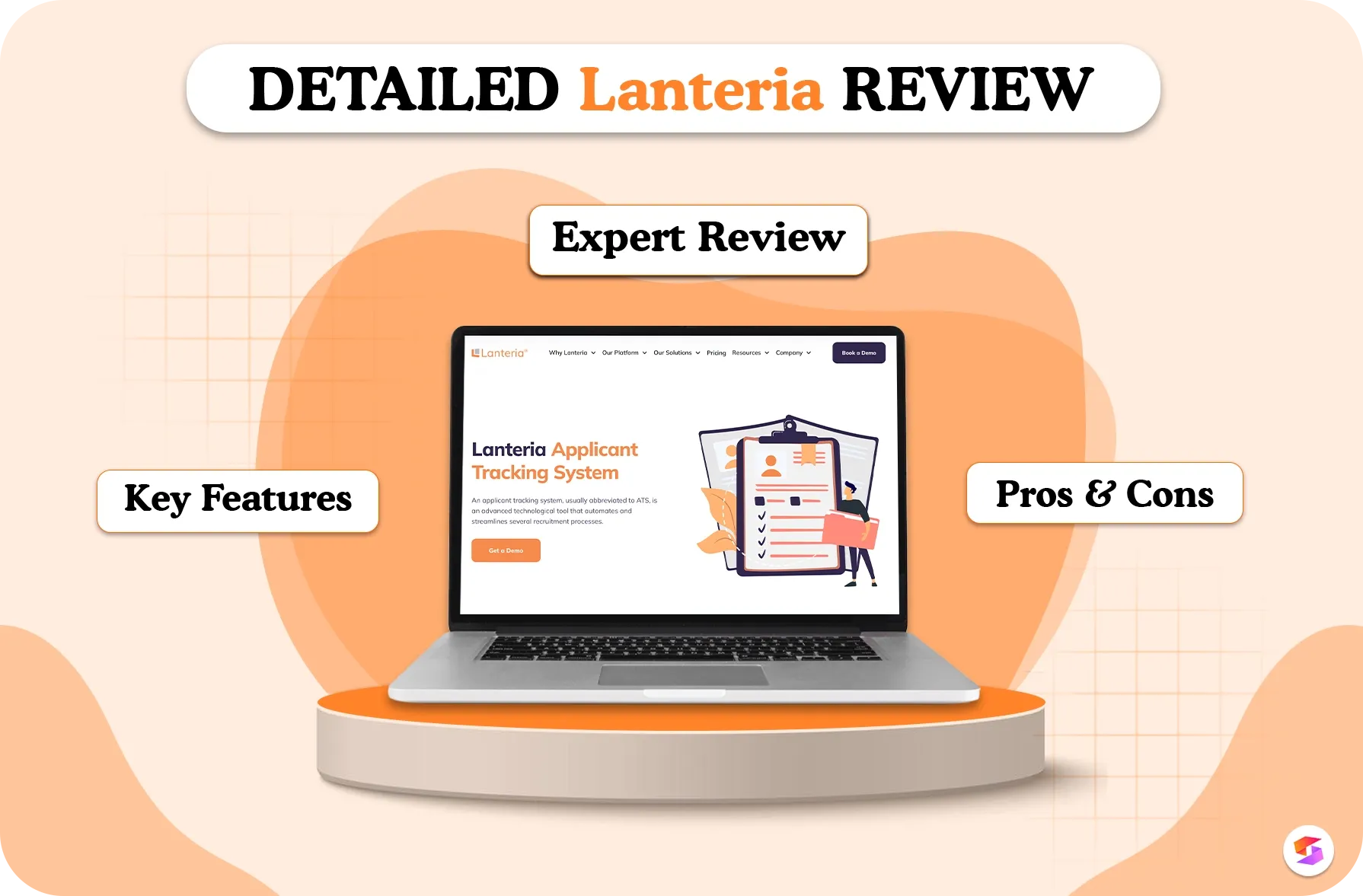In a world flooded with generic outreach, LinkedIn InMail helps your message stand out and get genuine replies. InMail messages see response rates between 10-25%, significantly higher than regular email.
This LinkedIn InMail best practices guide shows you how to write better InMails with examples. From subject lines to common mistakes to avoid, you’ll also learn everything to increase your chances of getting a response.
What is InMail on LinkedIn?
LinkedIn InMail is a premium feature that lets you message people you’re not connected with. Unlike regular LinkedIn messages, it gives you access to 2nd and 3rd degree connections, or even those with no mutual links at all.
It’s especially useful for people in sales, recruiting, or business development. InMail gives you a direct path to decision makers and potential clients, and it usually gets better response rates than cold emails.
To use it, you’ll need a LinkedIn Premium account with monthly credits. The best part? If someone replies within 90 days, you get that credit back, making InMail a smart way to reach the right people and hit your professional goals.
12+ LinkedIn InMail Best Practices to Boost Your Results
We have done detailed research on LinkedIn InMail to find out what works and what doesn't. Then we created these 12 proven practices to help you achieve your business goals.
1. Personalize, Don’t Automate
People spot generic messages a mile away. When you mention something specific from their profile, like a recent post, mutual interest, or a company initiative, it shows you cared.
For example, an InMail that starts with “I saw your post on X last week and it resonated because…” is more likely to get attention. Personalized InMails can boost reply rates significantly.
2. Craft a Compelling Subject Line
Your subject line is your foot in the door. Keep it short, mysterious, or directly relevant so the recipient feels compelled to open.
Avoid “Hello” or “Quick Question” without context. Instead try: “Idea for your growth at [Company]” or “Saw your post on [Topic]” these perform better.
3. Keep It Short and to the Point
Busy professionals don’t read long paragraphs from strangers. Aim for under 400 characters, and get into value fast.
Start with why you reached out, mention what you offer, and close with a simple ask. InMails under 400 characters have been shown to get up to 22% higher reply rates.
4. Focus on the Recipient, Not Yourself
This isn’t your corporate pitch, it’s a conversation starter. Begin by addressing a pain point or opportunity they care about, rather than listing all your features.
For instance: “I noticed your team is expanding in X market, are you open to exploring ways to streamline Y?” That kind of opening speaks to them first.
5. Use a Clear, Low-Friction CTA
Don’t push for a long meeting or deep commitment in your first message. Your call to action (CTA) should encourage a “yes / no” decision, like “Would you be open to a 15-minute chat next week?” This makes it easy for them to respond without feeling pressured.
A short, specific CTA reduces friction and respects their time. The goal is to open the door to conversation, not close a deal in one message.
6. Optimize Your Profile
Your InMail might prompt them to click through to your profile, and make sure they like what they see. Use a professional photo, write a headline that states clearly who you help, and have a summary that shows credibility. If your profile is weak, even a great message may not convert.
Think of your profile as the landing page for your outreach, it should reinforce your message and build instant trust. Adding testimonials, work samples, or endorsements can give prospects the confidence to reply.
7. Time Your Outreach Smartly
When you send matters. InMails sent between Tuesday and Thursday during business hours tend to get more responses. Avoid late evenings or weekends. Getting your timing right increases visibility and chances of reply.
Consider time zones if you’re messaging international contacts, since sending at odd hours lowers open rates. A well-timed message shows professionalism and increases the likelihood of immediate engagement.
8. Warm Up Prospects First
Instead of sending “cold” InMails out of the blue, engage with their content first. Like or comment on a recent post, this gets you on their radar. When they then receive your message, it feels more natural.
People are more receptive if they already recognize you. This small effort builds familiarity and lowers their guard when your message arrives. Even a thoughtful comment can set you apart from the flood of generic InMails they receive.
9. Test, Track, Refine
No single message fits all. Try out different subject lines, message formats, and CTAs, then track LinkedIn chats to see which ones get replies. Over time, the data will tell you what resonates with your audience. Iterate, don’t stagnate.
Look at metrics like open rates, reply rates, and follow-up success to guide improvements. Treat your outreach like an experiment where each iteration brings you closer to what works best.
10. Don’t Overdo It, Be Selective
Because InMail costs credits, it’s better to reach out selectively and thoughtfully. Cast a wide net with connection messages first; use InMail when necessary. LinkedIn’s own guidelines suggest not flooding inboxes with generic pitches.
A targeted, quality-first approach prevents wasted credits and protects your reputation. Remember, one well-crafted InMail to the right person is far more effective than ten rushed messages.
11. Combine InMail with Other Touchpoints
InMail works best when paired with other outreach like email or phone. Mix channels so your messages don’t vanish in an echo chamber. LinkedIn’s recommendations highlight combining InMail with other methods to improve contact vs. meeting ratios.
This multi-touch approach keeps you top of mind without being intrusive. A prospect who sees you across different channels is more likely to trust your persistence and respond.
12. Follow Up Thoughtfully
One message is rarely enough. If someone doesn’t respond to your first InMail, send a polite follow-up after a week or two. Keep it short, reference your earlier note, and add a new piece of value, such as an article, insight, or resource that’s relevant to them.
Following up shows professionalism and genuine interest rather than desperation. Often, the second or third touch is what finally sparks a reply.
Thoughtful follow-ups show persistence without being pushy, and they often double your chances of getting a reply. The key is to stay professional, keep it recipient-focused, and avoid sounding like spam.
5 LinkedIn InMail Examples You Can Use Today
If you’re looking to get noticed on LinkedIn, following InMail best practices with clear, tailored messaging can make all the difference. Below are 5 proven templates you can adapt. Each one is designed to be personal, respectful of time, and focused on building trust.
1. Reaching Out to a Potential Client
Subject: A thought on [Topic]
Hi [Name],
I saw your post on [topic they shared] and really liked your perspective on [specific point].
I help companies in your space handle [a problem you solve], and I’ve seen good results with similar challenges.
Would you be open to a quick 15-minute chat next week to see if there’s potential to work together?
Best, [Your Name]
2. Connecting via a Mutual Contact
Subject: A quick intro from [Mutual Connection]
Hi [Name],
I was chatting with [Mutual Connection] recently, and they suggested you’re someone doing interesting things in [their industry or role].
I’d love to connect and learn more about what you do at [Their Company].
Thanks, [Your Name]
3. Sharing a Resource
Subject: Found something useful for [Their Work/Project]
Hi [Name],
I noticed you're working on [project or initiative], and this article on [topic] came to mind, thought you might find it helpful.
Here’s the link: [insert article]
Let me know what you think. Happy to share more if you like.
Best, [Your Name]
4. Inviting to an Event
Subject: Invitation to [Event Name]
Hi [Name],
Your work in [their industry] caught my attention, and I think you’d add value to our upcoming webinar on [topic].
We’ll discuss [key points], and I’d love to have your input if you’re free.
Would you be interested in joining us?
Sincerely, [Your Name]
5. Problem-Solving Approach (from LinkedIn’s templates)
Subject: Quick idea for [their business]
Hi [Name],
I noticed your post about [pain point or topic] and thought of a few ideas that might help you overcome it.
I’m not trying to pitch, just curious if you’d like to chat about what’s working and what isn’t.
If you’re up for it, a 10-minute call next week could be fun.
Best, [Your Name]
*(This style aligns with one of LinkedIn’s “Problem Solver” templates) * (LinkedIn)
Why These Work (and What to Watch Out For)
These examples follow LinkedIn InMail best practices: they’re short, personalized, and centered on the recipient, not your pitch. They also include a simple call to action (yes/no invites) and show that you’ve done your homework.
Real recruiters use versions of these templates daily, sites like RecruitCRM and Workable publish InMail templates built for hiring workflows.
6 Common LinkedIn InMail Mistakes to Avoid
Even the best professionals can trip up when using InMail. The good news? These mistakes are easy to fix. By being mindful of the following, you’ll boost your chances of getting replies and building genuine connections.
1. Being Generic
Sending the same cookie-cutter message to everyone is a sure way to be ignored. People can instantly tell when they’re just another name on your list.
Instead, personalize your message. Mention a specific detail from their profile, comment on a recent post, or reference a mutual connection. According to LinkedIn, personalized InMails get 15% more responses than bulk templates.
2. Making It All About You
If your InMail reads like a one-sided sales pitch, chances are it’ll go unanswered. Nobody wants to hear a stranger talk only about their product or service.
Flip the focus and show you understand their role, challenges, or goals. For instance, a recruiter might write: “I noticed you recently led a product launch at X Company, congrats! We’re looking for people with that kind of expertise.” This shifts the spotlight to them, not you.
3. Writing a Novel
Long, dense paragraphs are a major turn-off, especially since most people check InMails on their phones. A wall of text feels overwhelming and gets skipped.
Keep it short and sharp, ideally under 400 characters. LinkedIn’s own data shows that concise InMails outperform lengthy ones. A few clear sentences that get to the point will always do better.
4. Skipping a Clear CTA
An InMail without a clear next step leaves the recipient wondering what to do. This often means no response at all.
Always include a low-friction call to action (CTA). For example: “Would you be open to a 15-minute chat next week?” or “What are your thoughts on this approach?” A simple yes/no CTA increases reply rates dramatically.
5. Pitching Too Soon
Jumping into a hard sell in your first message feels pushy. Remember, InMail is about starting conversations, not closing deals.
Focus first on building rapport and offering value. As LinkedIn advises, “Don’t try to win in the first message; aim to start a dialogue.” Once trust is built, you’ll have more room to pitch naturally.
6. Forgetting to Build a Relationship
Some users treat InMail like a transactional tool, firing off requests without showing genuine interest. This makes it harder to create meaningful connections.
Take a thoughtful approach. Comment on their work, congratulate them on milestones, or share a useful resource. Recruiters at top firms like Hays and Michael Page regularly combine InMail with content engagement before pitching roles, which improves acceptance rates.
Avoid these LinkedIn InMail mistakes and pair them with the right strategy. Keep your message short, focus on the recipient, and end with a clear CTA. Above all, treat InMail as the start of a relationship, not a one-off sales push.
7 Steps on How to Track and Improve InMail Performance
A successful InMail strategy is about being data driven by tracking key metrics and making smart adjustments. Follow these seven key steps to improve and track your InMail performance.
- Set Clear Goals: Before you start, decide what success looks like. Are you aiming for more replies, more meetings booked, or more qualified leads? Having a clear goal will help you measure your progress effectively.
- Track Your Metrics: Keep a simple spreadsheet to record key data points for every InMail you send. The most important metrics to track are Open Rate (how many people opened your message), Response Rate (how many people replied), and Positive Response Rate (how many of those replies were positive).
- A/B Test Your Messages: Don't just send the same message every time. Create two different versions (A and B) and send them to similar groups of people. For example, you could test two different subject lines or two different calls to action.
- Analyze Your Results: Look for patterns in your data. Which messages had the highest response rates? Did a certain type of subject line perform better? Use these insights to refine your strategy.
- Refine Your Targeting: If your response rate is low, you might be targeting the wrong people. Make sure you're sending InMails to individuals who are a good fit for your product or service and are likely to be active on LinkedIn.
- Experiment with Timing: The time you send an InMail can dramatically affect its open and response rates. Experiment with different days of the week and times of the day to see when your audience is most likely to be online and receptive.
- Continuously Learn and Adapt: The best InMail strategies aren't static as they evolve over time, so you need to be willing to continuously learn and adapt. Stay up to date on LinkedIn's best practices and be willing to change your approach based on what your data tells you.
Apply these steps and you can move past the guessing game by building a data-driven InMail strategy that consistently delivers better results. This ensures your outreach is both effective and efficient.
Summary - Make Your InMails Count
A great LinkedIn InMail isn’t about sending a polished sales pitch, it’s about starting a real conversation. Personalization, clear value, and a simple call to action make your message stand out in a crowded inbox.
Tracking your performance and refining your approach ensures that each InMail you send delivers better results over time. Focus on what resonates with your audience, and keep improving your strategy.
Successful InMails build relationships, not quick wins. By keeping your message short, recipient-focused, and data-driven, you’ll boost response rates and grow a stronger professional network.
Frequently Asked Questions
1. What is InMail LinkedIn?
InMail on LinkedIn is a premium feature that lets you send direct messages to people you’re not connected with. It gives you access to 2nd- and 3rd-degree connections, and even those with no mutual links.
2. What does InMail on LinkedIn mean?
It means you can reach beyond your current network. Unlike a normal LinkedIn message, InMail allows you to contact potential clients, candidates, or partners directly, even if you don’t share a connection.
3. How to send InMail on LinkedIn?
You’ll need a LinkedIn Premium account. Go to the person’s profile, click “Message” or “More > Send InMail,” and then write your message. Keep it short, personal, and clear.
4. How to get more InMail credits?
Your credits depend on the LinkedIn Premium plan you choose. For example, Premium Career, Business, Sales Navigator, or Recruiter all come with different monthly credit limits.
5. How to get more LinkedIn InMail credits?
Apart from your plan’s monthly allowance, LinkedIn refunds your credit if someone replies to your InMail within 90 days. You can also upgrade to a higher Premium plan for more credits.




